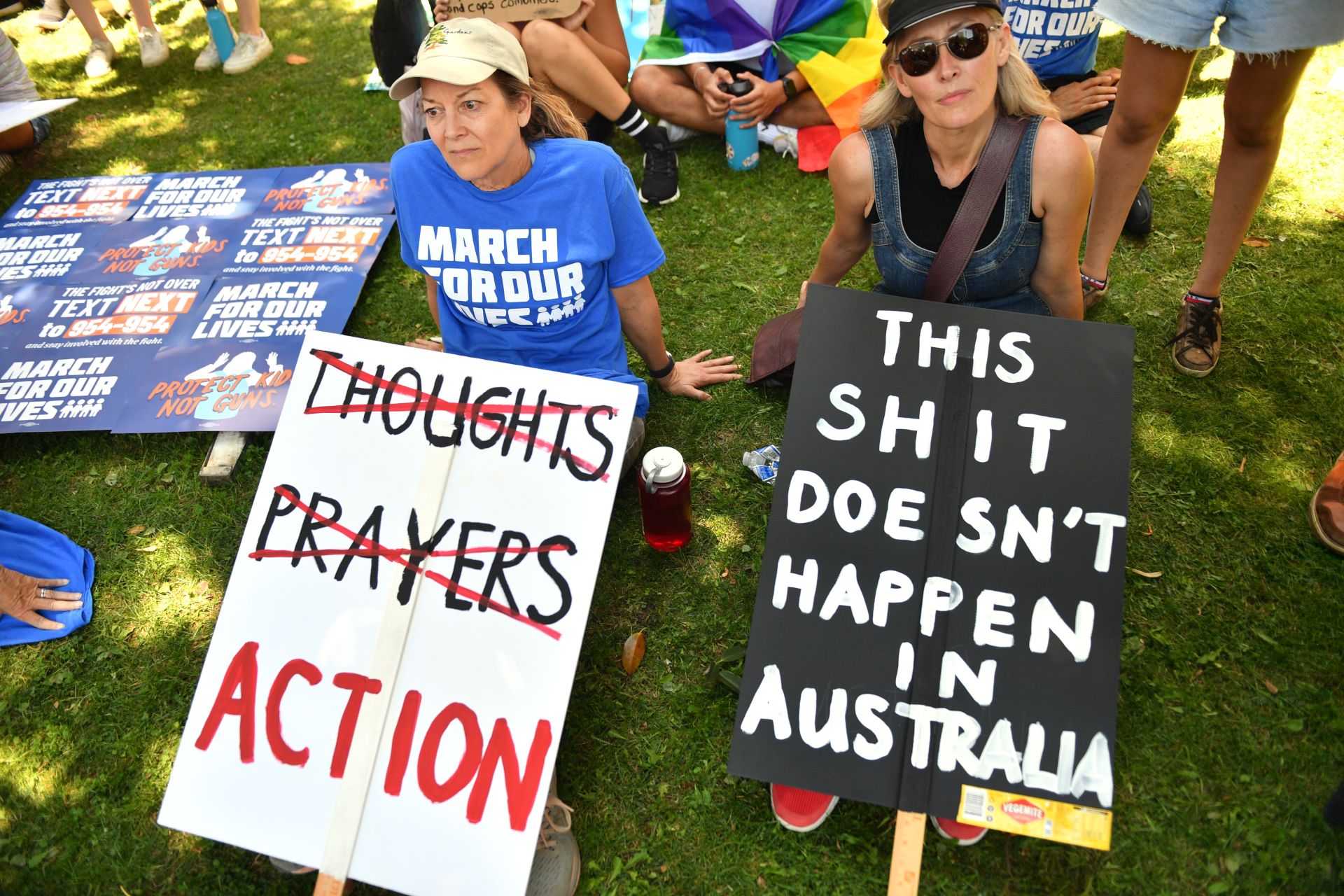A note to our readers: New Lines is hosting a live event at the Frontline Club in London on war reporting from Afghanistan to Syria. Please sign up and join us:
The Conflict Doesn’t End – War Reporting from Afghanistan to Syria | Friday, June 24 | 7:30 p.m
Our Week in Review, a newsletter emailed to subscribers every Friday. To subscribe, sign up here.
One of my biggest pet peeves as a journalist and news consumer when it comes to the aftermath of violent attacks, regardless of who perpetrated them, is the imbecilic penchant to describe them as “senseless.” Politicians are fond of referring to horrific violence as “senseless” despite perpetrators generally providing clear (if deranged) reasoning for their crimes. This is presumably done for any one of a variety of reasons: they’re absolved of trying to figure out or address the reasons why this violence occurred in the first place; they experience a genuine shock at the capacity of humans for cruelty; they don’t want to appear to justify an incidence of mass violence; they’re providing cover for a political policy, like resistance to gun control.
The challenge of course is that we find ourselves unable to have basic conversations about how to prevent the next mass atrocity from happening. Whether it is conversations about how to tackle gun violence, Islamist extremism, racial and nationalistic violence, or misogyny-inspired violence by looking at deeper social, political, religious and cultural factors, we instead retreat into the language of mourning or find solace in bombing faraway places to make ourselves feel better.
An essay that we published this week in New Lines by Lydia Wilson, our culture editor, attempts to grapple with some of these questions in the wake of the recent shocking school shooting in America and the string of gun-related crimes in the country. Wilson’s research into extremist forums and social media (a harrowing but necessary task) informed the essay.
One common thread Wilson finds in extremist forums and manifestos, whether written by Islamist extremists, incels or white nationalists, is the presence of misogyny and antisemitism. But she argues that a key component of understanding this phenomenon is the mainstreaming of those strains of thought by politicians, media and celebrities and in other avenues of public discourse.
She argues: “We are used to thinking of terrorism in terms of extremism, which suggests something on the fringe — on the extremes, with the rest of us sitting in the middle somewhere. If this is the case, we can more easily dismiss as freakish outliers those terrorists who go on the rampage in schools or attack teenage girls coming out of a concert. But when we look at these disenfranchised angry young men, they have drawn legitimacy for their hatreds — most notably against two main groups, women and Jews — not only from online chat rooms but also from YouTube celebrities, mainstream authors, newspapers, news programs and politicians. Ancient dehumanizing tropes are being wheeled out in the media and social media alike, given new appearances with pseudoscientific conspiracies. If we genuinely want to address and counter violent extremism, we need to start by holding those closer to home to account.”
The links between violent extremism and domestic violence, and how masculinity and the place of men in general in modern society interact with these phenomena, are not adequately explored in the mainstream.
Masculinity is clearly in crisis. It is part of an ongoing culture war, but it is also evident in the poor outcomes that men experience in college compared with the success rates of women from similar backgrounds, for example. It is not enough to point to the popularity of figures like Jordan Peterson. We must understand why he has drawn such a cult following among disaffected men and why that disaffection exists in the first place — an understanding that goes beyond the simplistic assertions that men are growing disaffected simply because of the decline (or perceived decline) of their societal and racial privileges.
Only then can we find solutions to the ailments plaguing modern societies. Perhaps they have to do with the absence of social, familial and spiritual structures that can replace the decline of church and mosque. Perhaps it lies in the declining quality of education, economic stagnation, the vacuousness of politics and public discourse, or social media and its mainstreaming, nay promotion, of hate speech and our online existence. Or it is a mishmash of those things and more.
But we won’t get anywhere without understanding.
From this week (June 13 – June 17, 2022)
How Syrian Monastery Culture Spread | Read More
Podcast: Imperial Folly After the Ottomans | Listen Here
Mainstream Culture Helps Spawn Extremists | Read More
The Last Dance of Stambali | Read More
Kenyan Fishermen Languish Under Government Policy | Read More
In Donbas, Ukrainians Wait for Arms | Read More
Mariana’s Son | Read More
In Archaeology, a Shard Isn’t Just a Shard | Read More



